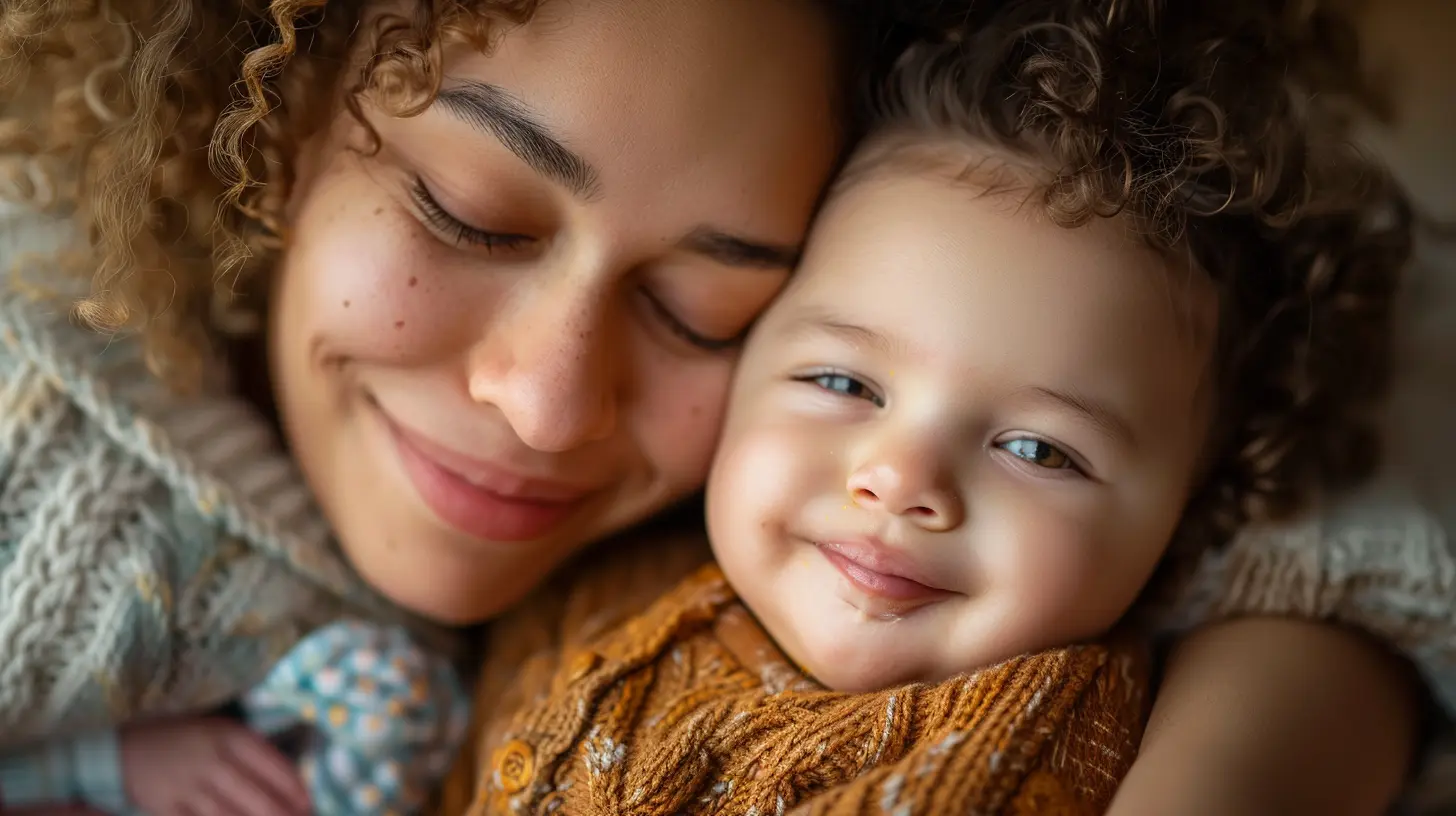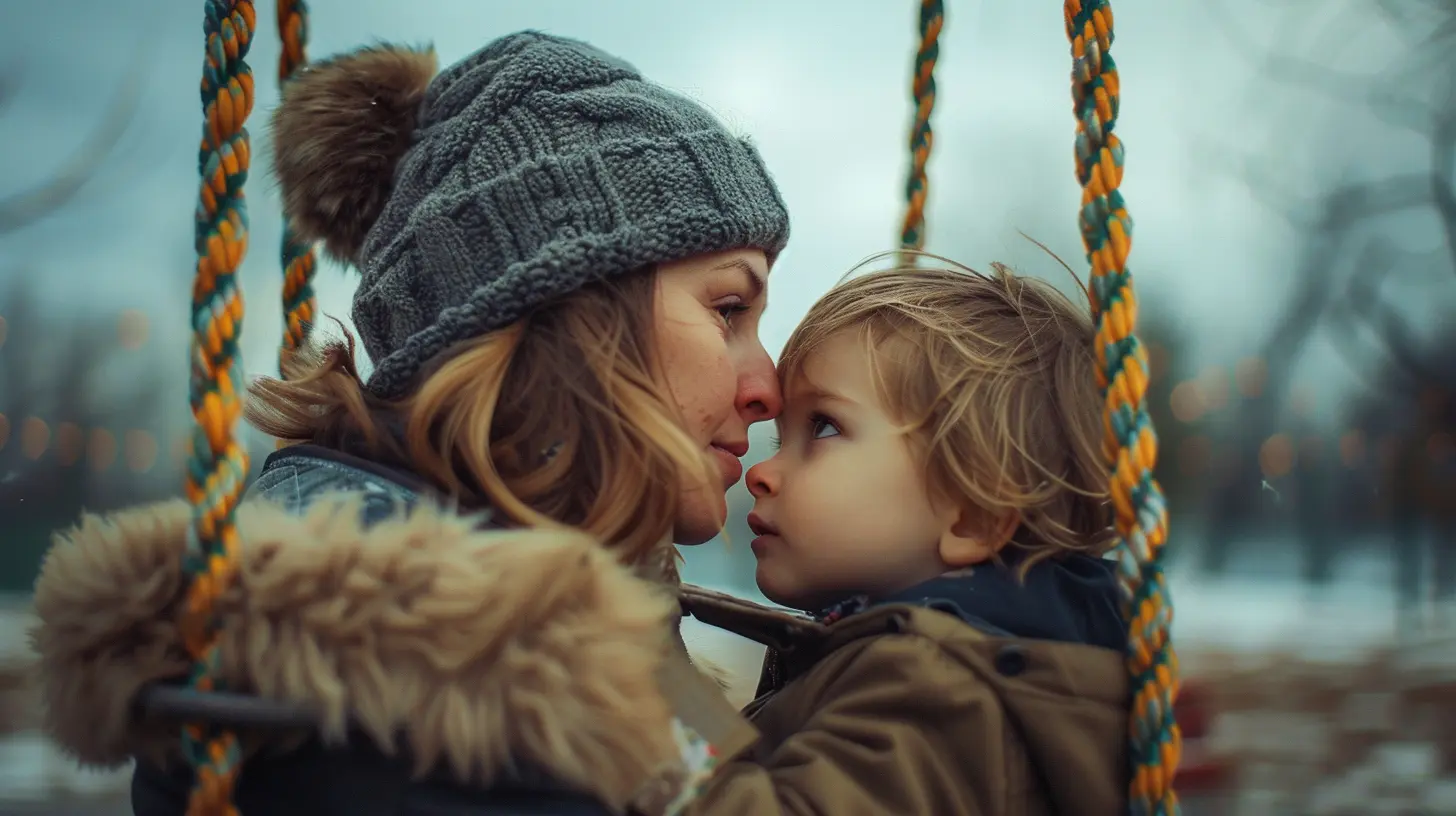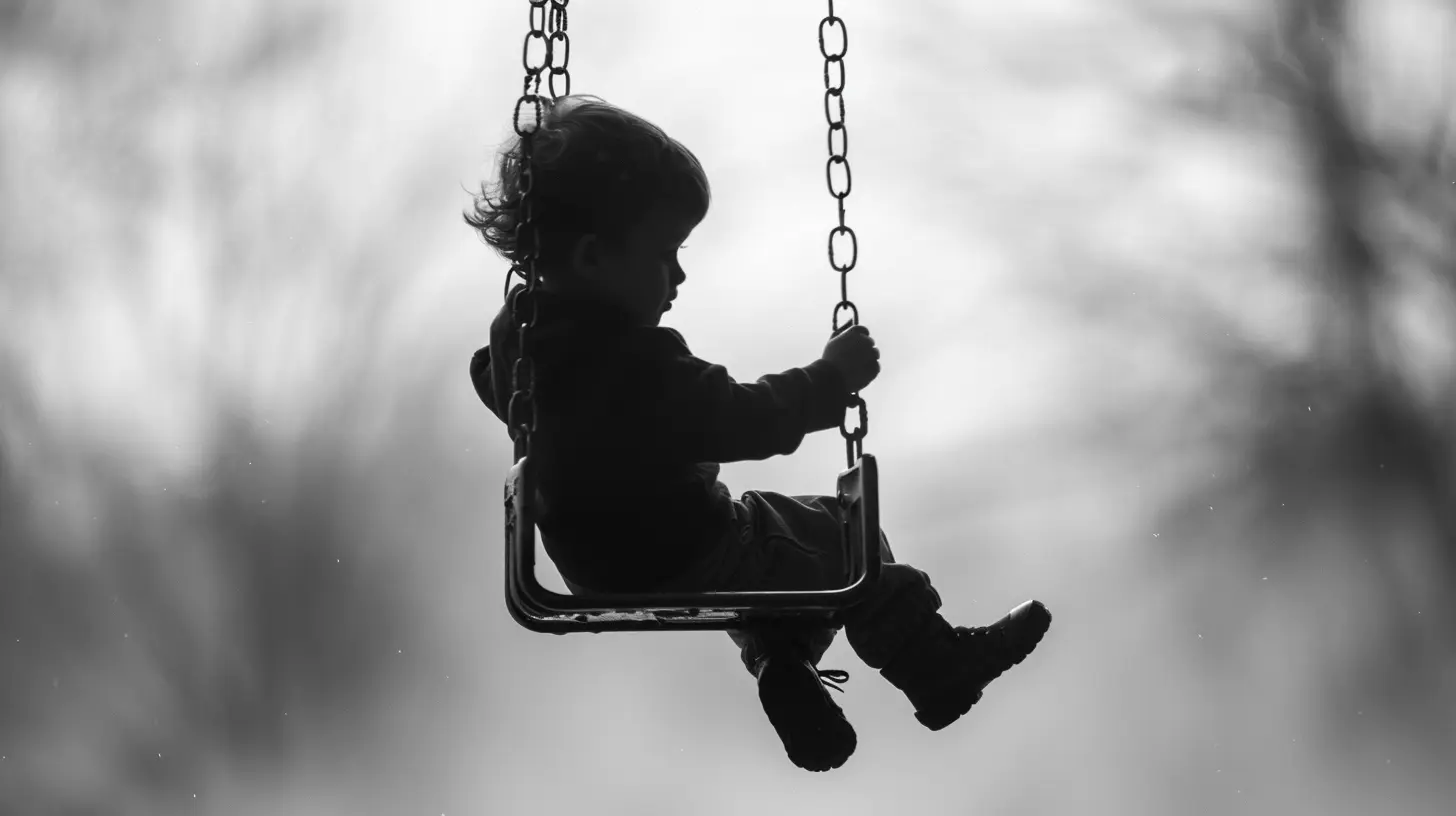Why Attachment Parenting Isn’t Helicopter Parenting: Respecting Your Child’s Autonomy
17 June 2025
When you hear the term "attachment parenting," what comes to mind? If you're like many parents (or grandparents, or even nosy strangers in the grocery store), you might think of baby-wearing moms, co-sleeping families, and toddlers nursing past the age society deems “normal.” And sometimes, people confuse those practices with helicopter parenting — you know, parents hovering like drones above their child’s every move.
But here's the thing: while they might look similar on the surface, attachment parenting and helicopter parenting aren't the same. Not even close. One is about building a secure foundation for independence; the other is about control. In this post, we’re going to unpack why attachment parenting isn’t helicopter parenting and how, at its core, it’s all about respecting your child’s autonomy — not smothering it.

The Basics: What is Attachment Parenting?
Attachment parenting (AP) is a philosophy based on the early work of psychiatrist John Bowlby and further developed by pediatrician Dr. William Sears. It’s all about nurturing a strong emotional bond between parent and child from infancy onward.At its heart, AP follows a set of principles that include:
- Responding with sensitivity
- Using nurturing touch (like babywearing)
- Ensuring safe sleep (sometimes through co-sleeping)
- Feeding with love and respect (think breastfeeding or responsive bottle-feeding)
- Providing consistent loving care
- Practicing positive discipline
- Striving for balance in family life
Sounds reasonable, right? There’s nothing here that screams “overbearing” or “controlling." In fact, it's quite the opposite — the goal is to meet your child’s needs so they feel secure enough to branch out confidently.

So, What Does Helicopter Parenting Look Like?
Helicopter parenting is when parents hover (hence the name), micro-manage, and prevent children from making mistakes. These are the parents who follow their kids onto the playground to supervise every interaction, jump in to fix every problem, and sometimes even complete their children's homework so they don’t experience failure.The motivation often comes from love and good intentions. But the effects? Not always great. Kids raised with helicopter parents may struggle with confidence, resilience, and basic problem-solving skills because they haven’t had the chance to learn through trial and error.

Here's the Key Difference: Motivation and Respect for Autonomy
This is where the real contrast lies.Attachment parenting focuses on connection and trust. You meet your child’s needs consistently when they’re young so they feel safe in the world. That safety becomes a springboard for independence.
Helicopter parenting, while well-intentioned, often stems from fear — fear of failure, injury, disappointment. It’s about preventing discomfort at all costs, including essential growth experiences.
Let’s break it down with a metaphor: imagine your child is a plant. Attachment parenting is like giving the plant the right soil, water, and sunlight, then watching it grow. Helicopter parenting is like constantly propping the plant up with sticks and hovering with a spray bottle just in case it wilts — even when it's thriving.

Attachment Parenting Encourages Independence
Now here’s something most people get wrong: attachment parenting isn’t about never letting go. It’s about knowing when to let go.When you respond to your infant's cries or your toddler's big emotions, you’re not spoiling them. You’re teaching them that their feelings matter, that they’re safe, and that they can count on you. That security builds self-confidence.
In fact, studies show that kids with secure attachments are often more independent and self-assured. Why? Because they know someone has their back. They don’t need to cling, because they trust the relationship.
Attachment parenting parents aren’t trying to control their child’s every move. They’re creating a strong connection so their child can confidently go out into the world.
Let’s Talk Boundaries: The Secret Sauce of Autonomy
Respecting autonomy doesn’t mean a free-for-all. Kids need boundaries — just like adults do. Attachment parenting absolutely includes setting limits, but in a way that honors the child as an individual.For example, instead of yelling “Because I said so!” (we’ve all been there...), an AP approach might look like:
> "I know you’re upset because you want more screen time, and I hear you. But right now it's time to put the tablet away so we can eat dinner together."
See the difference? It’s not about giving in or being permissive. It’s about being firm and kind — showing respect, even during disagreement. Kids raised with this kind of respect are more likely to give it back, not just to you, but to others as they grow.
The Role of Emotional Literacy
One of the coolest things about attachment parenting is how it supports emotional literacy. Let’s face it — naming and navigating feelings isn’t easy, even for adults. But in AP households, kids are encouraged to express their emotions rather than suppress them.That doesn’t mean tantrums are always calmly received (we’re all human here). But it means kids learn that emotions are valid and manageable. They're not swept under the rug or punished for feeling “too much.”
Contrast that with helicopter parenting, where the goal might unintentionally become “keep the child from ever being upset.” The child might get comforted or redirected immediately without truly dealing with the feeling. Over time, that can send the message that distress is dangerous — not just uncomfortable.
AP allows kids to feel, process, and move on. That’s emotional resilience.
Common Misconceptions That Fuel the Confusion
Let’s tackle some common myths that make people conflate attachment and helicopter parenting.1. “Isn’t babywearing or co-sleeping too much closeness?”
Nope. Infants are biologically wired to seek closeness. Being near their caregiver helps regulate temperature, breathing, and heart rate. And believe it or not, that strong physical bond in the early years fosters independence later. You’re not spoiling your baby by carrying them; you’re soothing their nervous system so it can mature properly.2. “What about discipline? Isn’t AP too permissive?”
Attachment parenting encourages positive discipline — which is not the same as allowing bad behavior. Parents still guide, redirect, and set firm boundaries, but without shame or harsh punishment. The goal is to teach, not to control.3. “Aren’t these parents always around, just like helicopter parents?”
Attachment parents are attentive, but they’re not hovering. The difference lies in trust. AP parents trust their child’s ability to explore, stumble, learn, and grow — while staying connected.
Real-Life Examples: What It Looks Like in Action
Sometimes examples help bring theory to life. Here's what attachment parenting might look like compared to helicopter parenting in real-life scenarios:| Situation | Attachment Parenting | Helicopter Parenting |
| ---------- | ---------------------- | ------------------------ |
| Toddler falls while learning to walk | Parent offers comfort, encourages child to try again | Parent grabs child immediately, avoids walking practice for fear of falls |
| Child has conflict on the playground | Parent listens and coaches child afterward | Parent intervenes mid-conflict, scolds the other child |
| Teen forgets homework | Parent empathizes and helps teen brainstorm a solution for next time | Parent rushes to school to deliver the homework |
Do you see the difference? It’s not about stepping back completely — it’s about stepping in when it’s supportive, not smothering.
The Long-Term Payoff
Let’s fast-forward. What does a securely attached child look like 10 or 20 years down the road?They’re often:
- Confident in their abilities
- Comfortable forming close relationships
- Resilient in the face of setbacks
- Better at managing stress
- Less likely to engage in risky behavior
Why? Because they were raised in a home that valued autonomy, empathy, and connection. They weren’t managed or manipulated, but understood and respected.
A Final Word: Parenting With Intention, Not Fear
Look, parenting is hard. Doubts creep in. Other people judge. And philosophies like AP can sometimes feel misrepresented — especially in the media. But attachment parenting isn’t about being perfect or present every second. It’s about being attuned and responsive when it counts.So the next time someone tries to lump AP in with helicoptering, gently remind them: this isn’t about hovering — it’s about heart-connected parenting that raises independent, emotionally intelligent human beings.
After all, isn’t that the end goal?
all images in this post were generated using AI tools
Category:
Attachment ParentingAuthor:

Liam Huffman
Discussion
rate this article
2 comments
Liam Morgan
This article compellingly distinguishes attachment parenting from helicopter parenting, emphasizing the importance of fostering a child's autonomy. By promoting a secure emotional connection while allowing independence, parents can nurture resilience and self-confidence. However, clarity on practical strategies could enhance understanding for parents seeking to implement these principles effectively.
June 17, 2025 at 2:32 PM

Liam Huffman
Thank you for your insightful comment! I appreciate your emphasis on the need for practical strategies, and I’ll consider adding more actionable advice in future discussions to support parents in fostering autonomy while maintaining strong emotional connections.
Tamara Wade
Attachment parenting nurtures independence while fostering a secure emotional bond.
June 17, 2025 at 2:54 AM

Liam Huffman
Thank you for your insight! Attachment parenting indeed emphasizes nurturing independence while ensuring a strong emotional connection, striking a balance between support and autonomy.


